“Female workers in cotton spinning mills, silk reeling plants, cotton and silk weaving factories and sheds formed a large and vital part of the Meiji industrial labor force. In 1882, textile plants employed about three-quarters of all factory employees in Japan. In 1909 female workers, mostly in textiles, made up 62 percent of the Japanese factory labor force. This pattern continued for many years — as late as 1930 the majority of Japanese factory workers were women……”
— E. Patricia Tsurumi; Bulletin of Concerned Asian Scholars, Vol. 18, 1986
Itomaki, antique Japanese silk reel bobbins or thread spools are a common enough sight around Japan. You can be sure some dealer at a shrine sale will have empty ones lying around in a basket…
…or even stacked neatly on a bamboo pole.
The medium size 4 spoke ones are the easiest to come by, while the more unusual large and small sizes less so. Occasionally you can find a big 6 spoke spool, like the one here, or even a folding one, like this one below.
Silk production was a widespread cottage industry in Japan throughout the Edo period and many traditional Japanese farmhouses were designed with special attic rooms for raising and harvesting silkworms. With the advent of the Meiji-era, silk production became industrialized, with women being the main workers. Factory conditions in Japan were awful, much like those during the Industrial Revolution in the West. Girls were forced to work long hours in dangerous conditions in factories and dormitories surrounded by fences. Photographs inside the heavily fenced workplaces were hard to come by, but this c.1915-23 silver print photograph by T. Enami shows the thread being drawn from the cocoons and spun.
Other Enami photos from the same period show independent cottage workers spinning their silk.
I love this one of a little girl working outside.
What is unusual nowadays is to find them with vintage kimono silks still on them, like I did recently. I found a large grouping of medium size reels (and one small one) with gorgeous peacock colors in great condition.
The silken threads are luminescent and the unusual color combinations so typically Japanese.
I wasn’t the only one to get some – a good friend took a few too. They are great at pulling colors out of artwork and textiles elsewhere in the room. Both of us have placed ours on altar tables, although I am not sure I have room to keep them there.
Empty itomaki make fantastic stands for porcelain or plants…
…or even Japanese fishing floats. This one helps to display the lovely pontil and mark on this float.
See why I said it is all too crowded?
Readers, I’d love to see how you use your itomaki. Please post photos on my Facebook page!
These and more great Meiji period photographs of Japan by T. Enami can be found on Okinawa Soba’s Flickr photostream.
Related Posts:
Finding the Thread…Between Boston Ferns and Japanese Spools
Woven Wall Art…Japanese Silk Worm Trays, Winnowers and American Tobacco Baskets
En Masse…Iron Teapots, Vincente Wolf and the Art of Grouped Displays

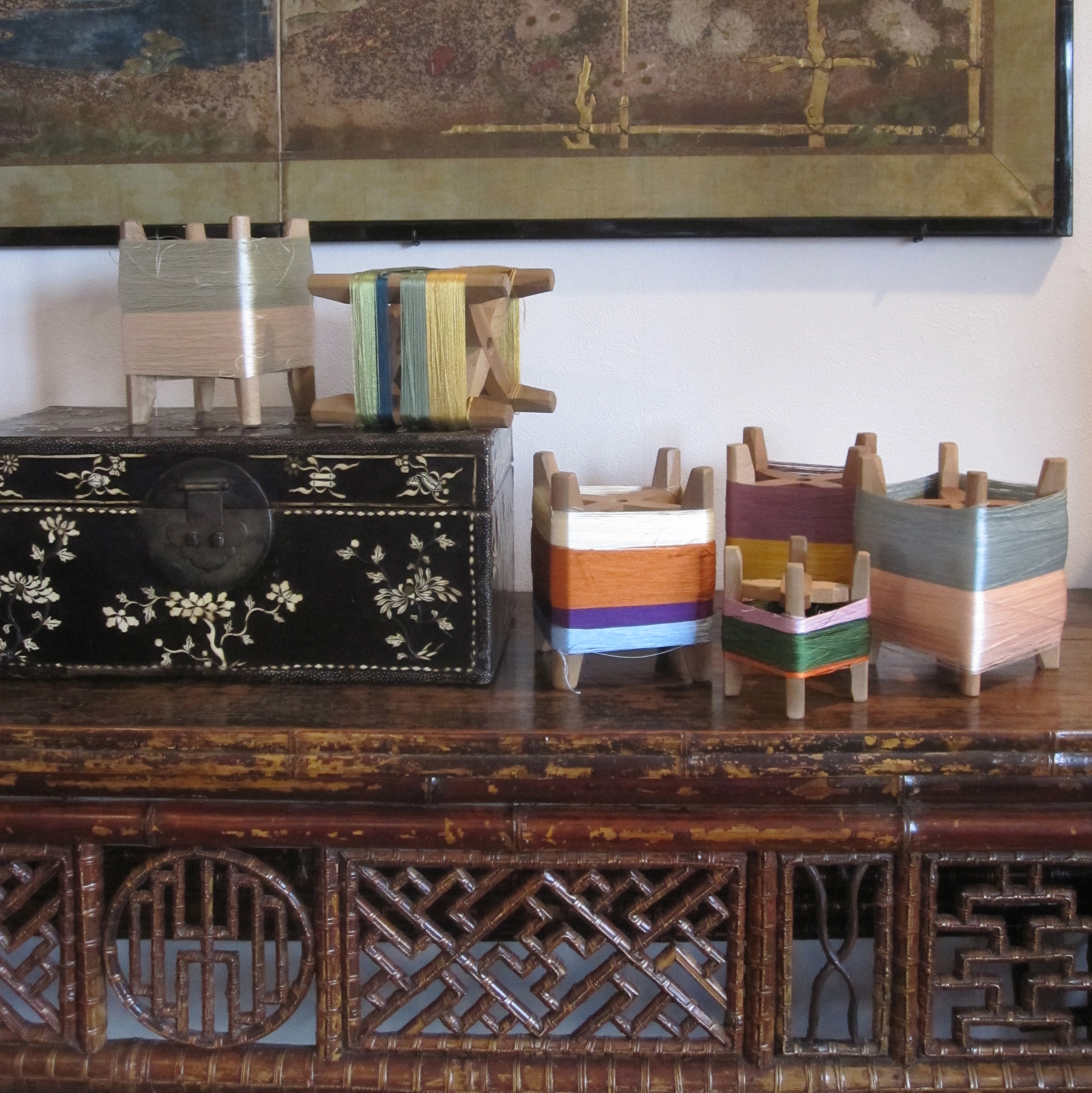
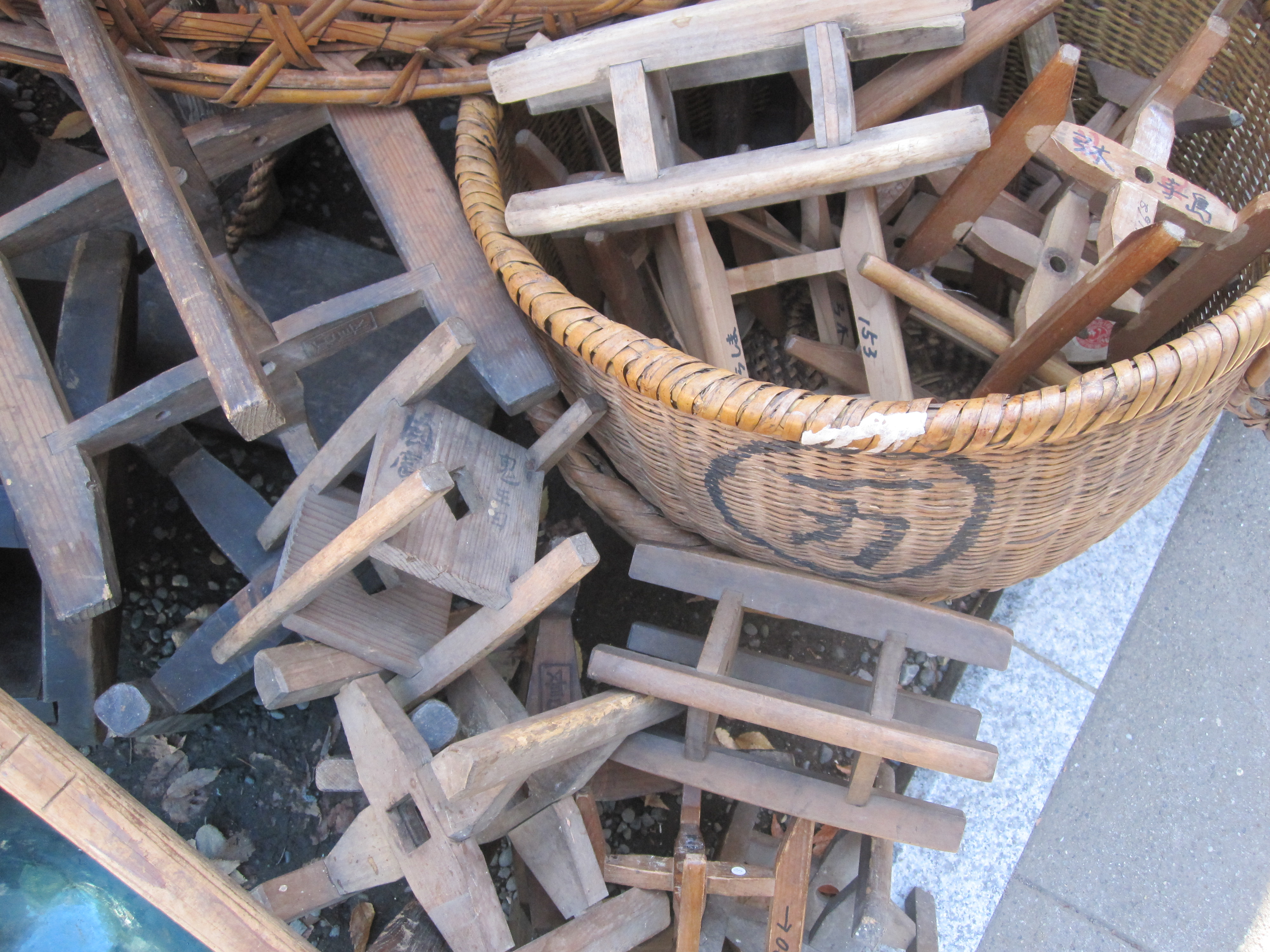
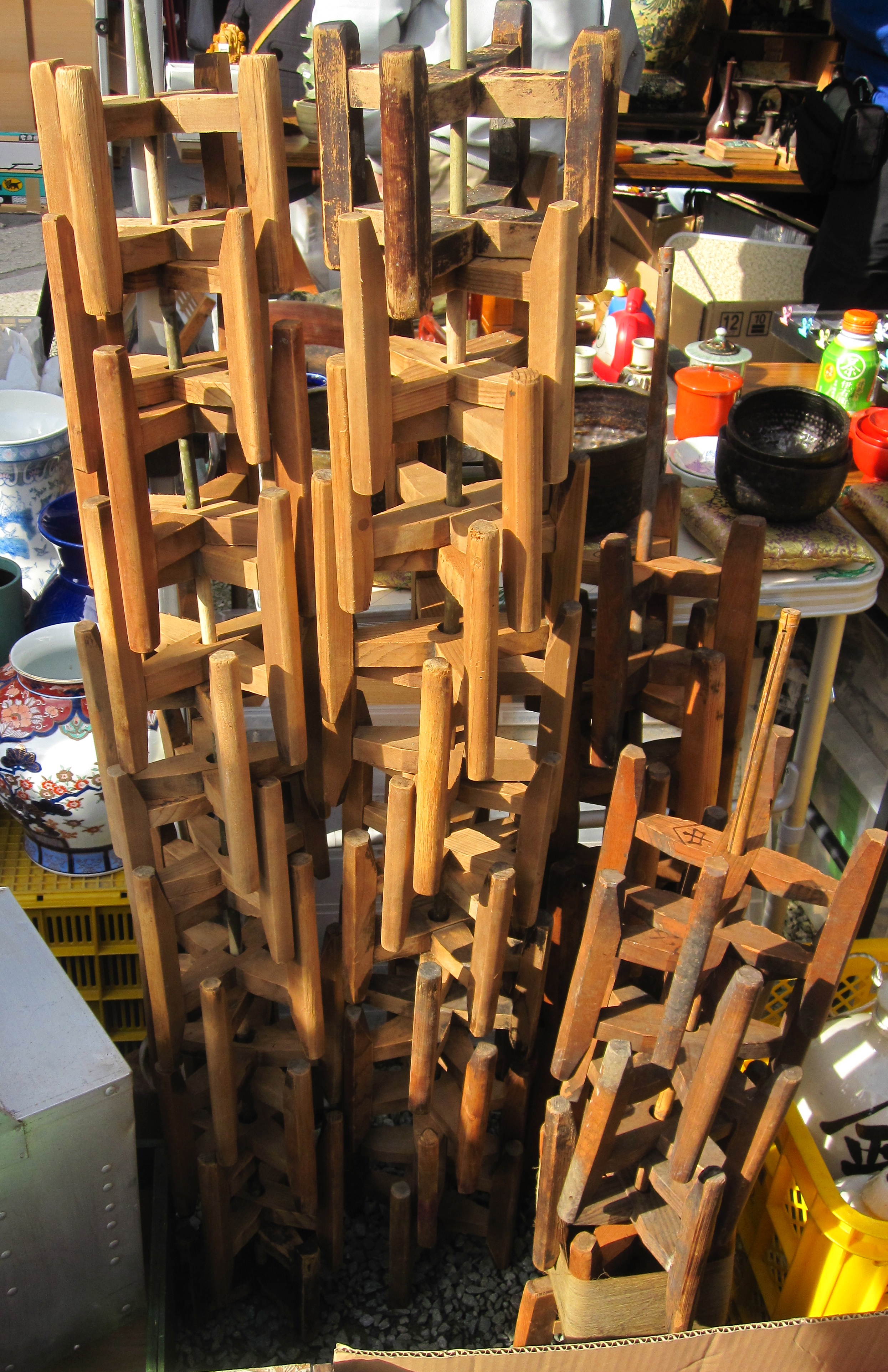
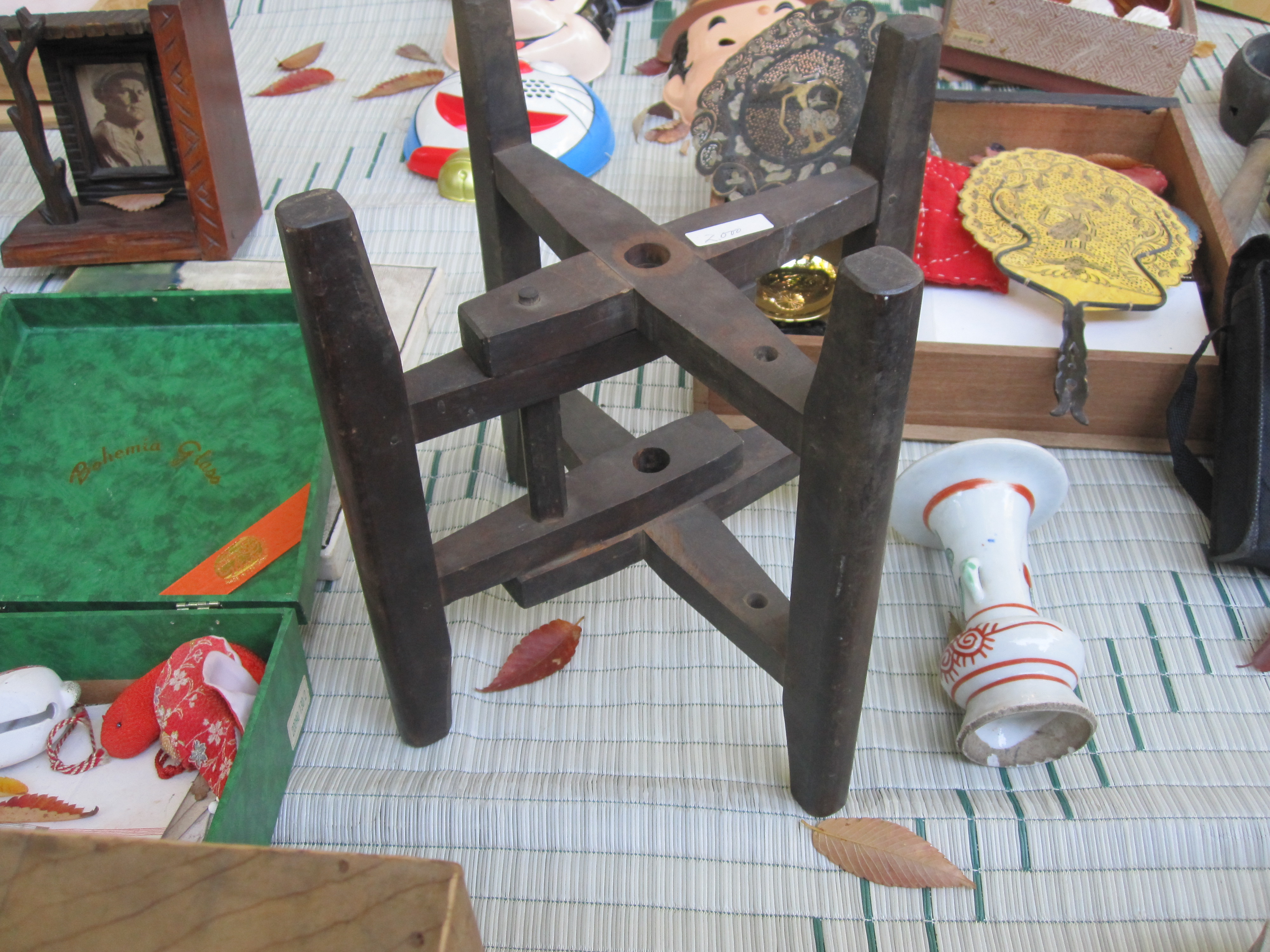
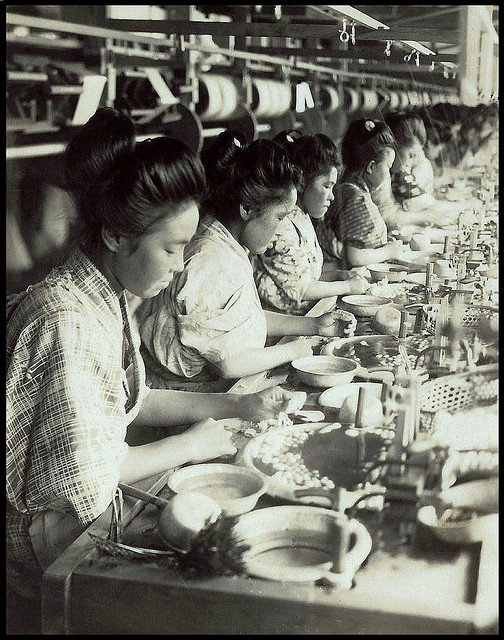
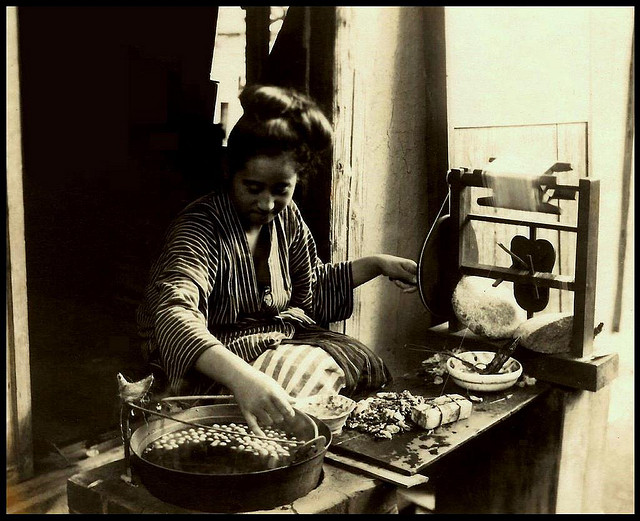
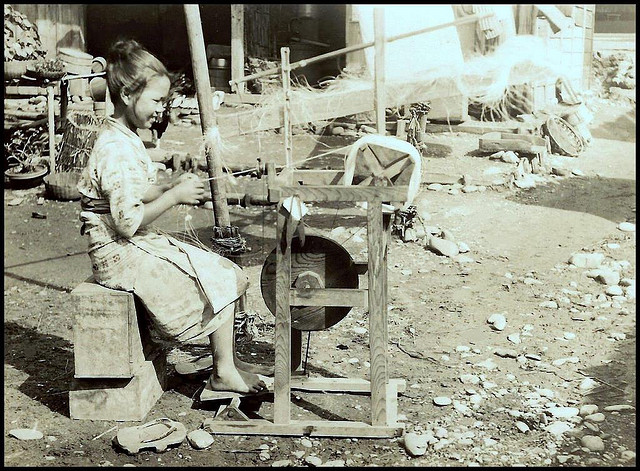
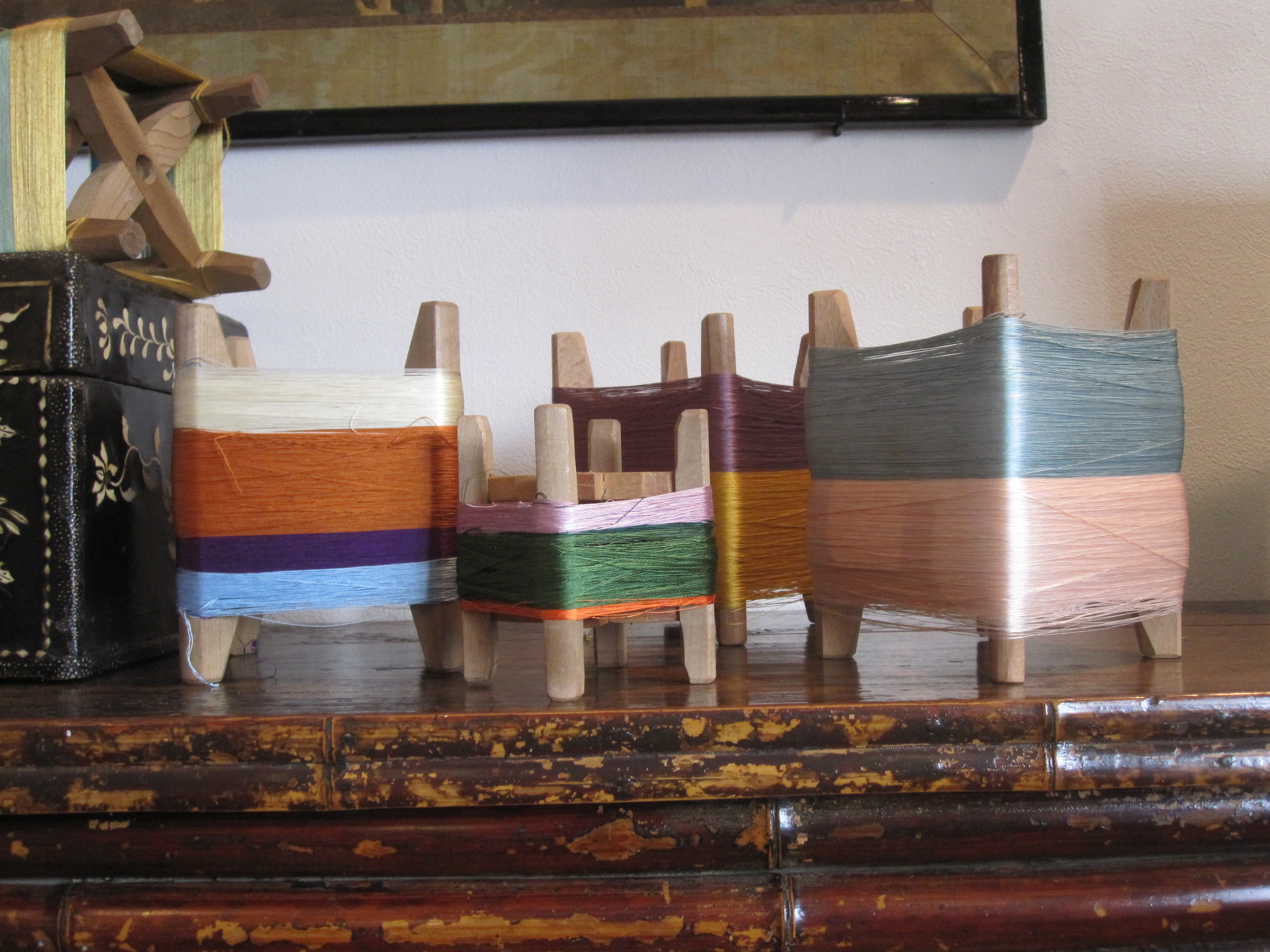
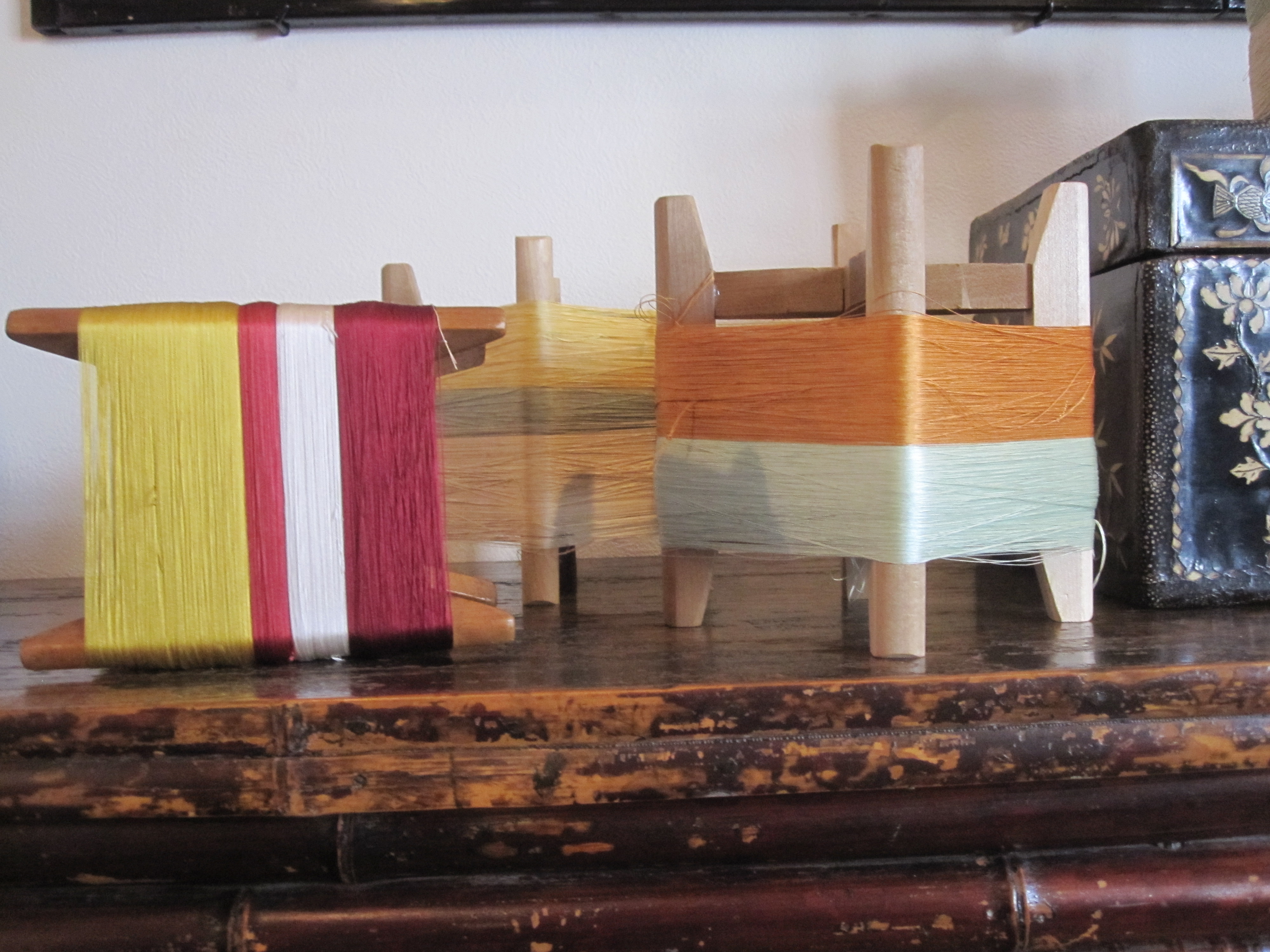
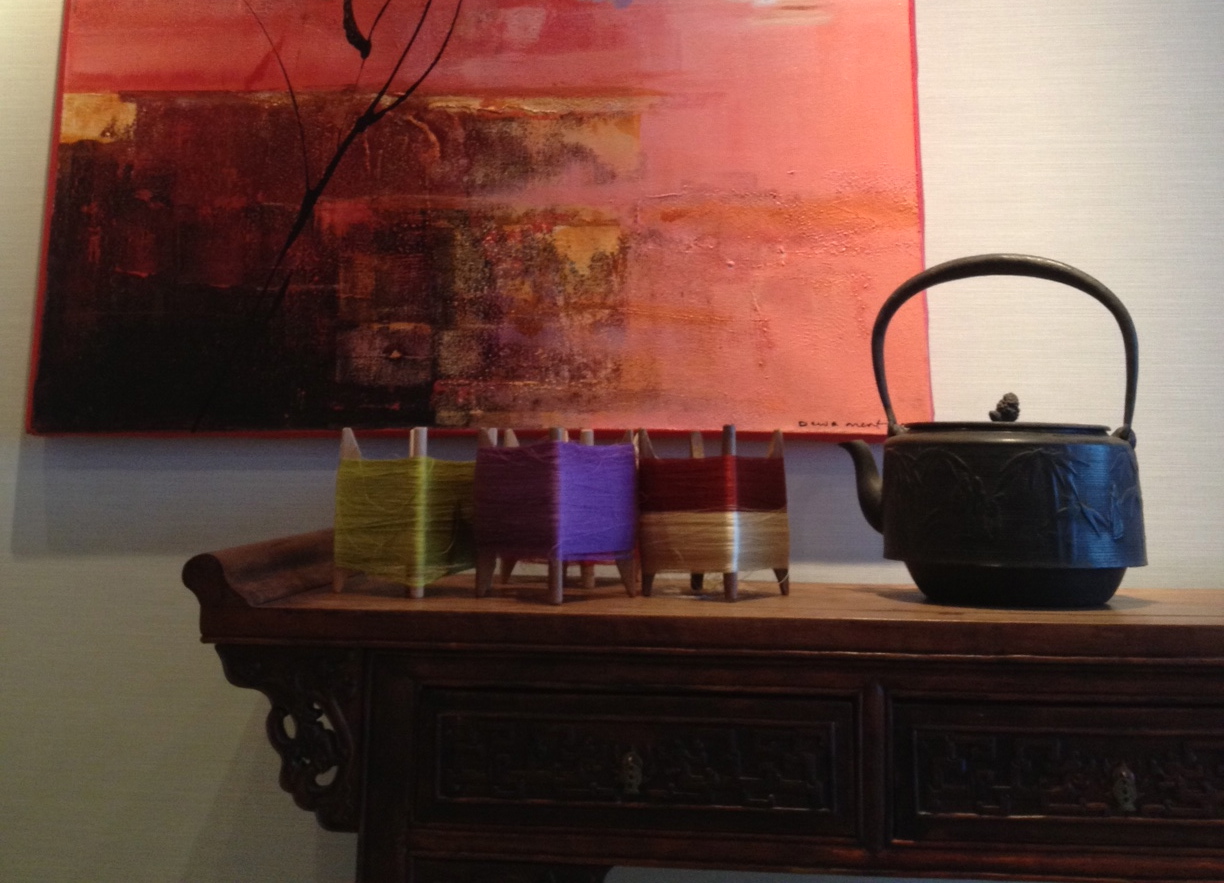
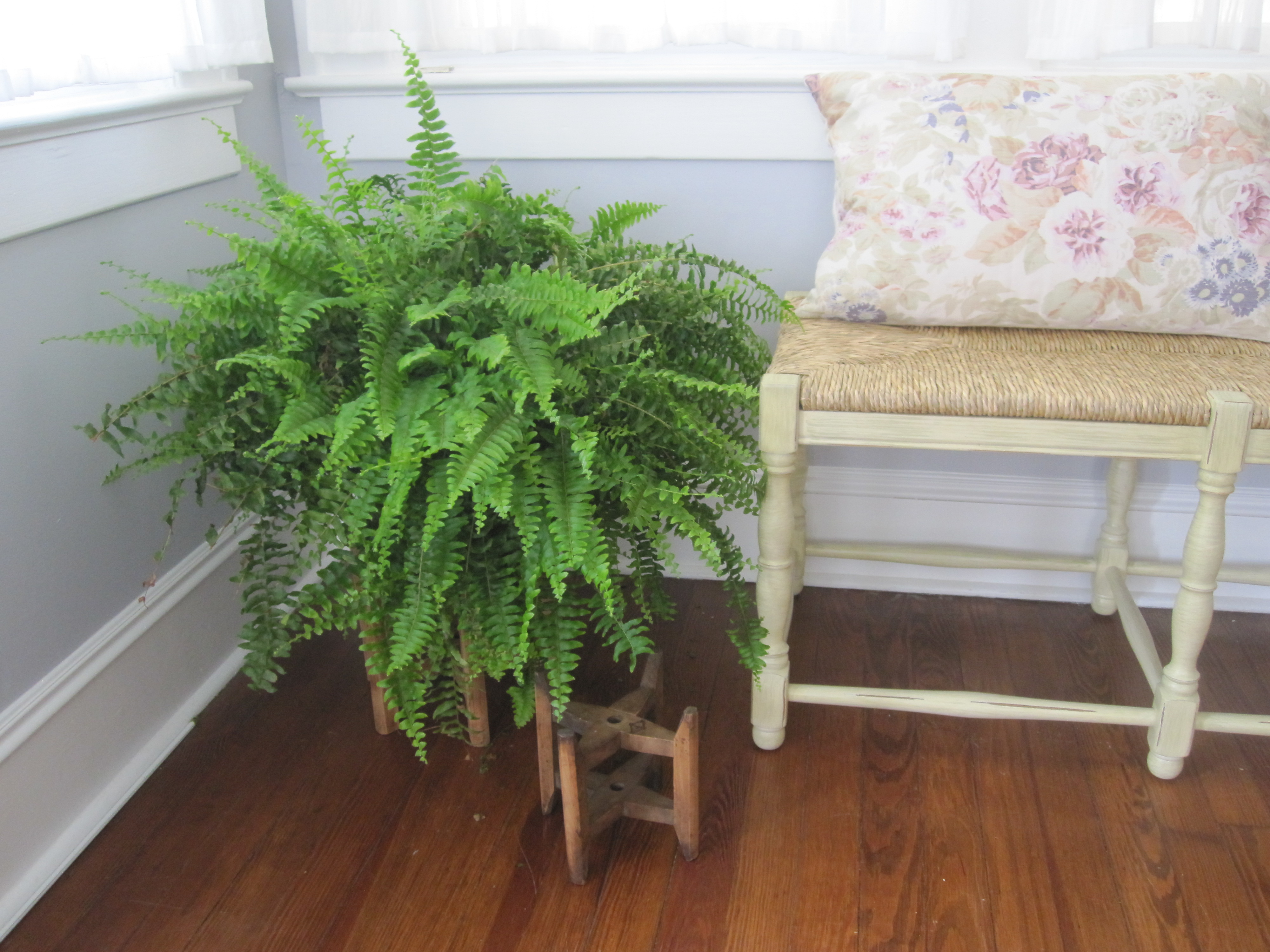
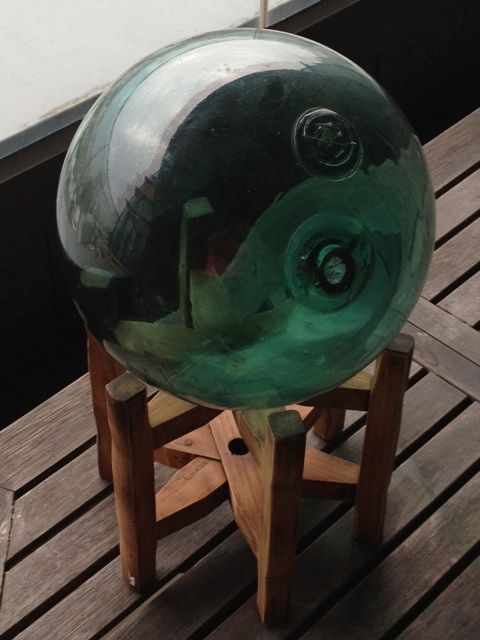
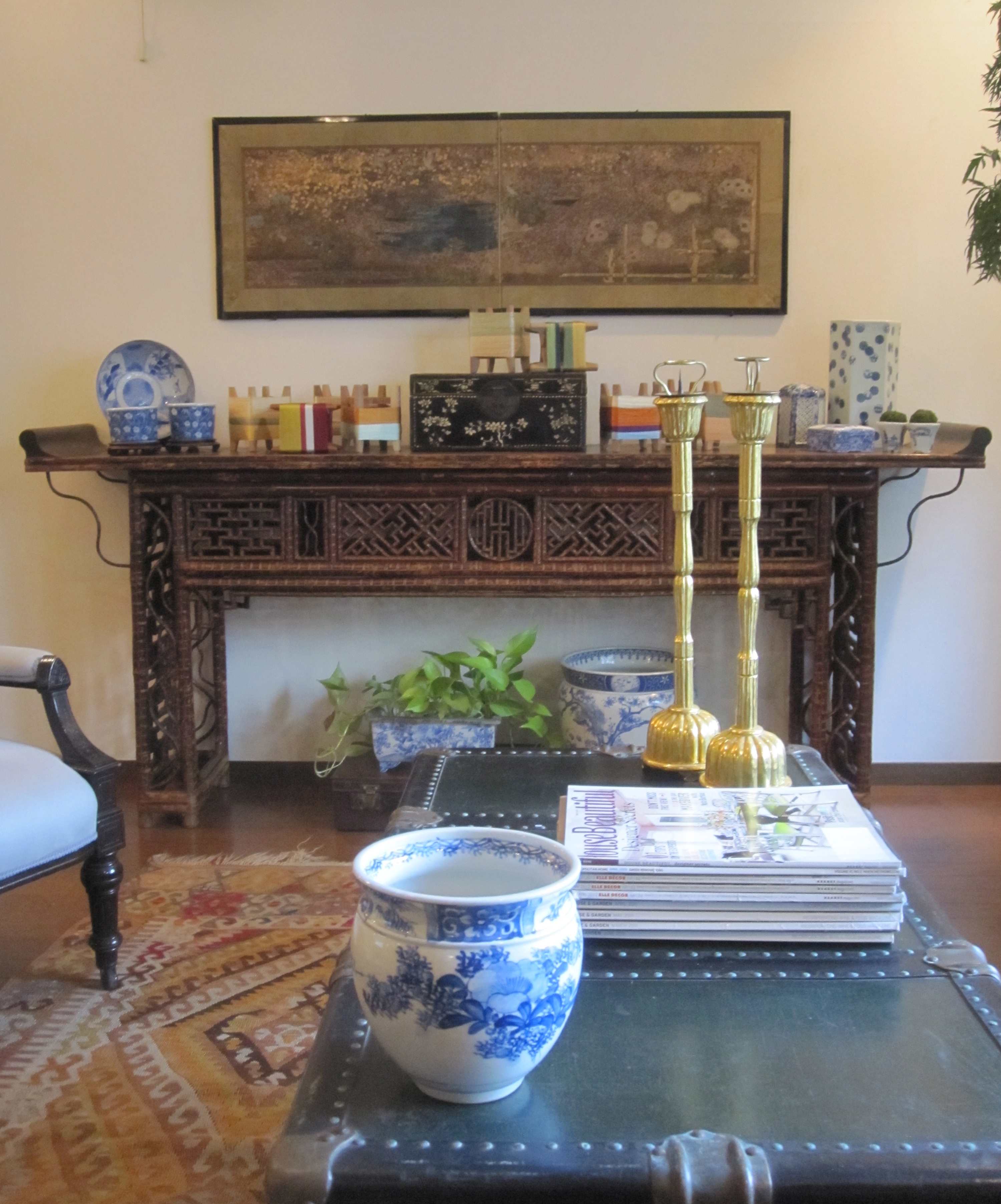
Love them! I bought one a few months ago and use it as a bookend ~
As always Jacqueline, a wonderfully educational posting from you. I love the black and white photographs of the young girls working and the itomaki, what a great find complete with silk thread. I agree, that by placing them close to artwork of similar colours brings out the best of both pieces, what a lovely idea and such a lucky find! I have to comment on your kilim, is it an anatolian kilim? It’s beautiful!
Love the unusual color combinations. Very inspiring! Another site I think you would like, with loads of photos of the Meiji and Showa periods is Meijishowa.com. Unfortunately the images are not free to use but there are some lovely images of the silk industry, especially of silk labels. And I don’t know if you’re interested in Japanese films but there’s a highly acclaimed film called “Oh! The Nomugi Pass( Ah! Nomugi Toge!)” dealing specifically with the harsh conditions faced by young women working in the silk industry in the early 1900s.
Glass Fishing Floats for the Holidays « Tokyo Jinja
[…] « Women’s Work…Itomaki With the Silk on Them […]
sup